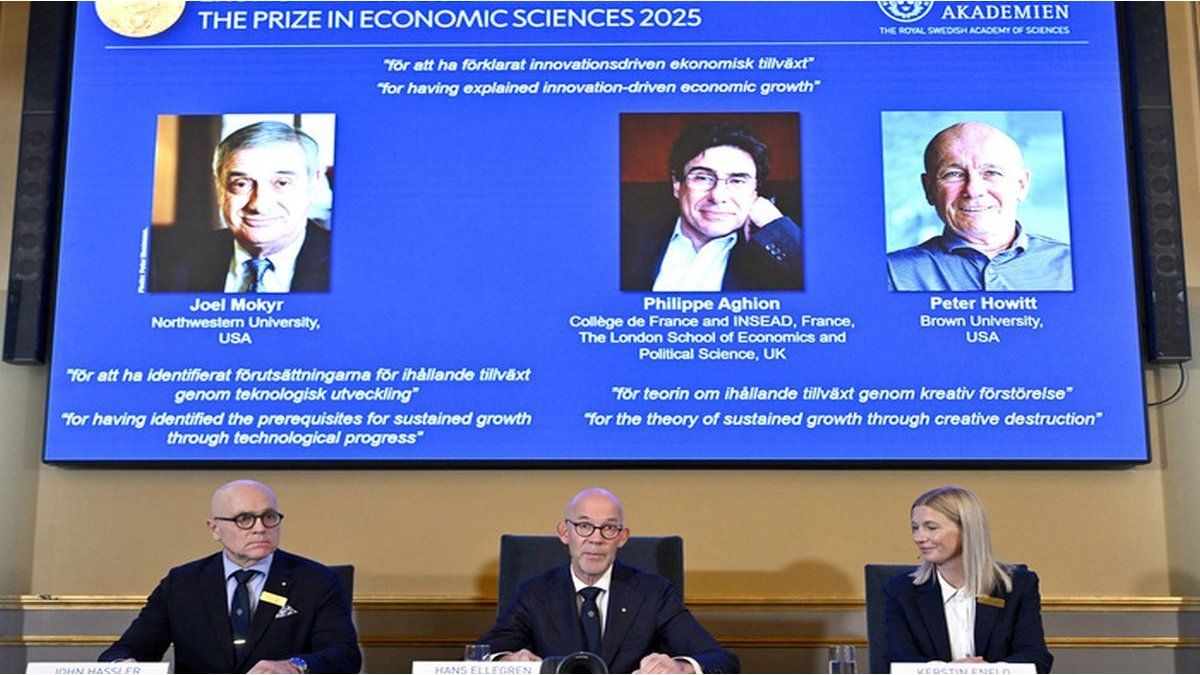The market began a process of price adjustment, both in bonds and stocks. This is partly due to greater uncertainty in the international context, but also because financial assets have remained at high prices compared to similar assets in Latin America.
The inauguration of Donald Trump as president of the United States left us a great contribution to the general confusion. He began by saying that he would apply 25% tariffs to Canada and Mexico, however, they omitted that the United States imports more than 4 million barrels of oil per day from Canada. If this tariff is imposed, fuel prices could increase and this could generate more inflation, something the president does not want. He also said that he would impose a 10% tariff on China, something that could not happen either, given that said country could give in to the demands of the United States.
Donald Trump would like to have full oil reserves and urges oil-producing countries to increase supply. He wants a barrel of oil at less than $60 a barrel, which would put inflation below 3.0% annually.
markets finance live stocks stocks investments
Depositphotos
There is talk of great support for Artificial Intelligence. The project is called Startgate, with an investment of US$500,000 million, almost one of Argentina’s GDP, but there is no certainty as to how such support from the State would materialize.
The United States Federal Reserve will meet between Tuesday, January 28 and Wednesday, January 29. President Donald Trump wants rates to drop, but bankers don’t seem to agree. They are divergences in life that end up impacting the markets.
In short, we have no idea how all this news may impact the markets, because we really don’t know how it will materialize in the future. Without a clear framework of the international economy and without knowing what measures the world’s leading economy will take, the best thing is to “unsaddle until it clears up.”
In Argentina, the Central Bank halved the speed of the devaluation rate, which went from 2.0% to 1.0% monthly starting in February. The monetary policy rate is at 2.67% per month; it is impossible to sustain it at this level over time.
According to the government itself, when the rate drops below 3.0% for 3 months, it will reduce the devaluation rate by half, and it effectively kept its word. Now, the devaluation rate in February will be 1.0%, while international inflation will be 0.3% monthly. The sum of both is induced inflation. At the current rate, we should have inflation below 2.0% monthly ahead of us. If this happens for 3 months, the devaluation rate could drop to 0%, and we would move to a fixed exchange rate. Does this imply that we will get out of the stocks? I don’t believe it. To get out of the trap, we need to solve the problems of stock of reserves and monetary base, in short, a greater amount of dollars in reserves and fewer pesos in circulation.
On Thursday, February 13, inflation for the month of January will be known. Everything indicates that the inflation rate could be below 2.0% monthly. If this occurs, the Central Bank would have no reason to maintain the monetary policy rate at 32.0% annually, which implies a rate of 2.67% monthly. From our humble point of view, the monetary policy rate should drop to levels of 27% annually, or 2.25% monthly. If this happens, investments in pesos will show a substantial improvement, especially those that have Lecap or bonds in pesos that adjust for the capitalized interest rate.
Conclusion
. – The agreement with the IMF is probable, but not immediately. Carrying out a new agreement with the IMF implies that it must be approved in Congress, something that will take a long time. The government lowered withholdings temporarily, until the agreement with the IMF is defined. The good part is that the Central Bank would get more dollars, the bad part is that it will have to continue deepening the chainsaw. The producers, calmer.
. – There is no change in monetary and exchange policy, nor should one dream of a large disbursement of money from the IMF. The year 2025 will be complex in fiscal, exchange and monetary matters, we must work to have a fiscal surplus, capitalize the Central Bank and control the amount of pesos in the economy.
. – The bond market looks erratic. The 10-year rate in the United States rose to 4.65% annually. It is logical that Argentina shows a higher rate on its bonds and increases country risk, we are not exempt from what is happening in the world. Until we lift the stocks, it will be difficult to have a country risk below 550 points.
. – Argentine stocks have had a great journey, but there are some adversities to face. The subscription of Grupo Financiero Galicia is good for the company, shareholders will have to put up money, and that often overshadows the company’s journey in the market. The probable drop in the price of oil keeps energy companies in suspense. The Argentine market is very well valued, and personally I see little chance of an increase from current prices.
. – As we have been saying for several weeks, no one was founded to take profits, you have to wait without despair to buy at reasonable prices. The dollar is stable, and falling peso rates in February offer you a great business opportunity in Lecap and Boncap.
Source: Ambito
I am Pierce Boyd, a driven and ambitious professional working in the news industry. I have been writing for 24 Hours Worlds for over five years, specializing in sports section coverage. During my tenure at the publication, I have built an impressive portfolio of articles that has earned me a reputation as an experienced journalist and content creator.




